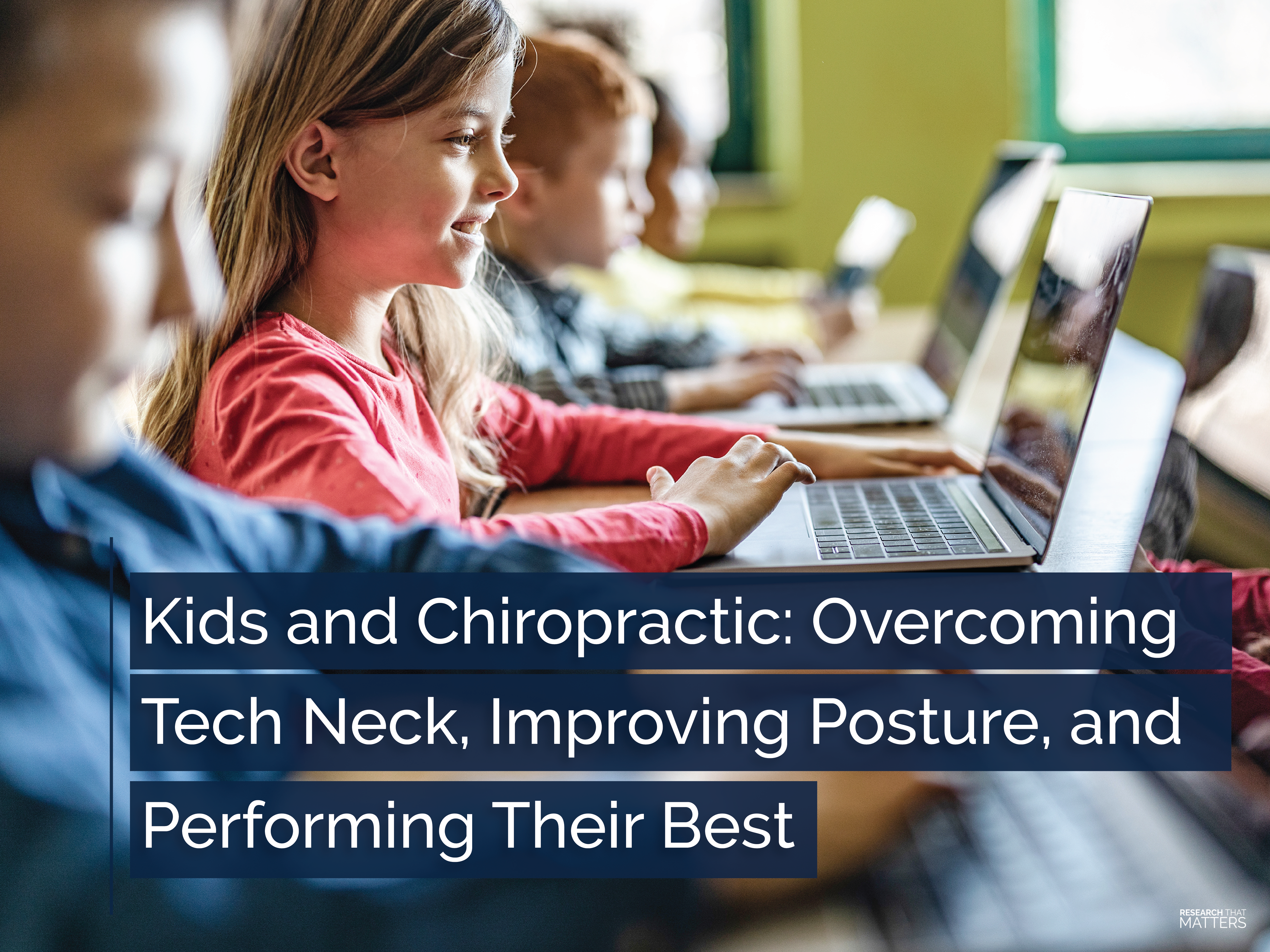Why Does My Neck Hurt?
Your neck has a tough job. It has to hold, stabilize, and move the weight of your head every day for a lifetime. Holding up 11 pounds may not seem like a lot, but the seven bones and 20 neck muscles need to work together in perfect harmony to move your head around and keep that weight balanced. Postural changes, sudden injuries, and arthritis are a few of the primary causes of neck pain. Pain can often be traced to a problem with your neck’s muscles, bones, discs, or nerves.
If you’ve ever been unable to turn your head for a day or two, you know how debilitating and life-changing neck pain can be. The sharp muscle spasms that restrict your ability to move can happen when your body tries to protect a spinal joint that isn’t moving correctly. Almost every bone in your neck has a pair of sliding joints towards the back called facet joints. If an adhesion forms or the joint is stuck, your body will try to compensate or work around the issue for a little while. But, over time, this compensation can cause additional challenges.
Sudden injuries, arthritis, and postural issues can all contribute to neck pain
The small sliding joints (facet joints) of your neck can become stuck and cause muscle spasms and pain
Gentle spinal adjustments combined with daily stretching can help restore the motion of your facet joints and reduce pain
Pain in your neck is your body’s way of saying “pain attention”! Even if it eases up by the end of the day, it’s smart to have us evaluate your motion. Movement assessments are part of our examination and provide us with incredible information about your body. By taking a proactive approach to your health today, you may be able to prevent future episodes of neck pain and stiffness.




